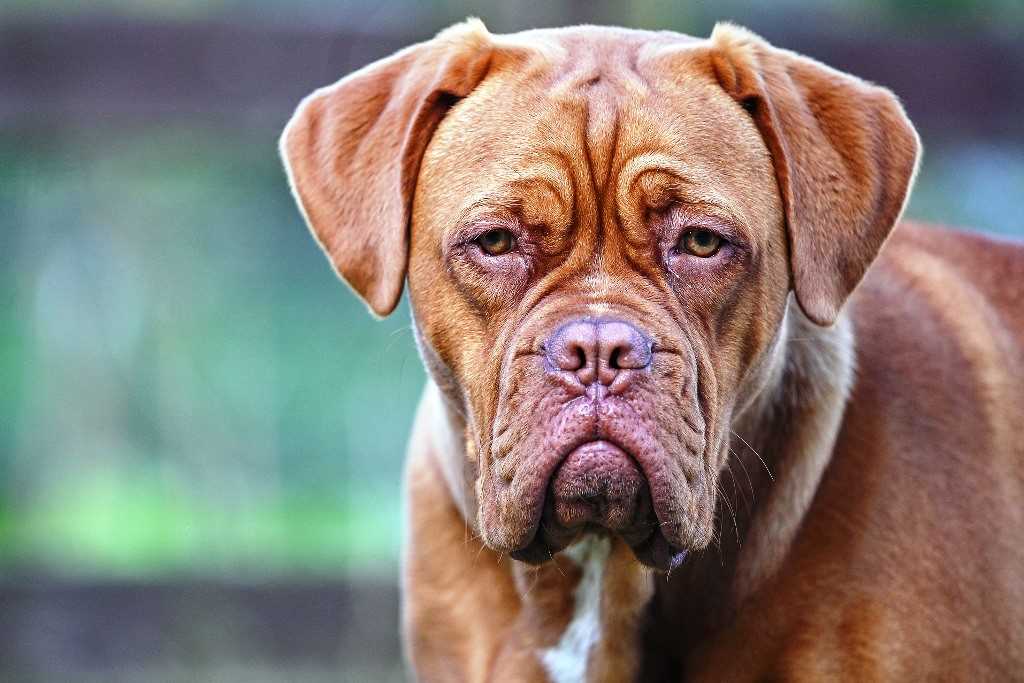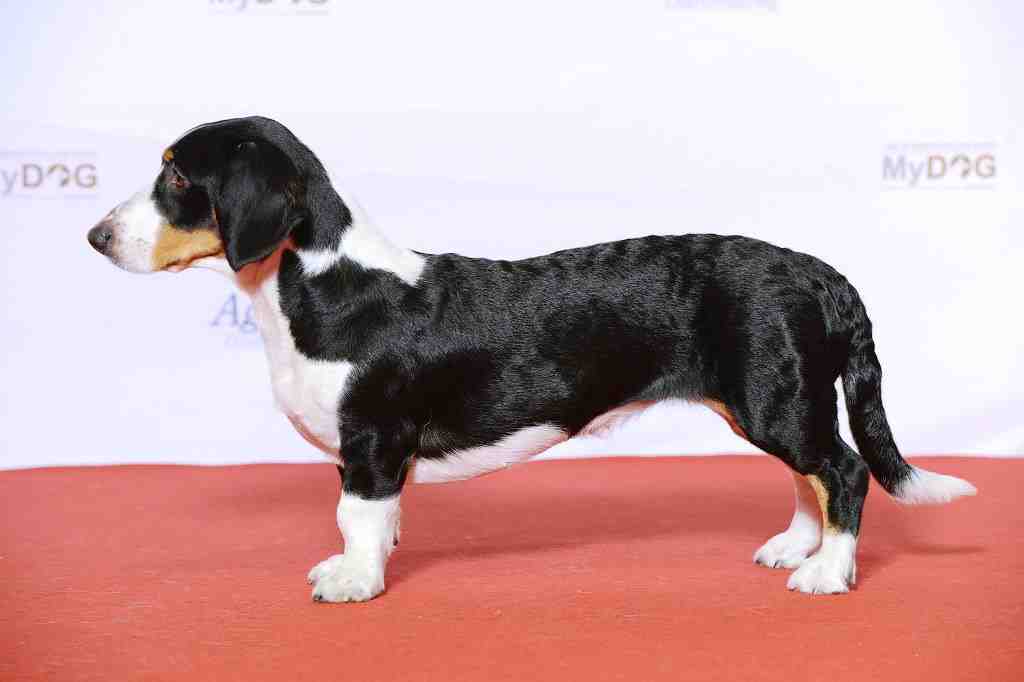The origin of the Drahthaar dog breed is fairly recent and was created in Germany at the beginning of the 19th century. What was wanted was a versatile, hard-coated hunting dog, capable of catching foxes, mice and martens, killing them without hesitation, but never becoming dangerous to humans. The first specimens were bred by Sigismund Freiherr von Zedlitz und Neukirch and Herr Oberlander and although it is not known for sure who the ancestors were, one could include the Ariedale terrier, the foxhound, the French griffons and other German breeds, such as the German short-haired poodle.
However, in a short time a hunting dog was obtained, which, thanks to its functional and insensitive to the weather, thanks to its versatility, distinguished itself in all forms of hunting practice. Within a few decades it has become one of the most reliable and popular hunting dogs, both in Germany and in many other countries around the world. It is commonly called the drahthaar, which means wirehaired, because of its very rustic and shaggy coat.
But it is not only a hunting dog, it is also becoming more popular as a house dog, being an excellent companion for children. It is a very popular dog in Germany and Austria, and there are also discreet breedings in Italy.
Character of the Drahthaar dog breed
The Drahthaar is a calm, alert dog that is very attached to its loved ones, especially to its owner, but even if it attaches itself particularly well to him and obeys him, it defends its entire family. It is a very energetic dog, which needs stimulation and to go out for quite a long time every day, in fact if it is not stimulated both mentally and physically, it can cause damage in the house and garden. However, it needs to spend a considerable amount of time with its family and especially with its owner.
It is very reserved with strangers, but has a firm and balanced character, is very brave but not aggressive, and is therefore a perfect guard dog. It lives well also in a flat, provided it has some space for itself, the ideal is a house with a big garden especially in the country, but in any case it is necessary to let it vent every day, with walks and runs.
It has been selected for hunting and also for the slaughter of the noxious and therefore it has a strong predatory instinct, therefore it is necessary to socialize it very soon, in presence of other animals in the house. Its training is not for beginners, it is necessary to have experience with dogs and a firm wrist to make this dog become calm and docile and respond to commands, however it knows how to respect the hierarchy.
It is an excellent truffle dog, has an instinct for guarding, for the wild, is an excellent guardian and is also excellent for pet therapy and agility. It is used by the Civil Defence in the search for people buried under rubble.
Appearance of the Drahthaar dog breed
The Drahthaar is a medium-sized dog; the male reaches a height of 60-67 centimetres at the withers and weighs 25-34 kilograms, the female usually a little less. Its appearance is noble and elegant; it moves in an agile, powerful, fluid and harmonious manner.
It is morphologically classified as a Braccoid. It is a well built, harmonious breed, typical of the hunting dog. The musculature is well developed in the whole body. All its appearance makes it a fast, resistant and elastic dog in its movements. The limbs are vigorous and dry with a good lengthening of the front and good thrust of the rear. The tail is carried straight or slightly sabre-shaped. In the past, it was customary to shorten the tail of hunting specimens to prevent it from getting caught in the brambles. Fortunately, this practice is banned in most countries.
The skull is flat and broad, the muzzle is long, broad, robust and deep. The head is proportionate to the body, the truffle is very pigmented, with well opened nostrils. The eyes are very dark, with a lively and attentive expression. The ears are of medium size, are attached high and not curled up. A characteristic of this breed is a strong and thick beard, but not too long, and marked eyebrows.
The coat is close-fitting and dense and, as its name suggests, as hard as wire. The outer coat is 2 to 4 centimetres long, the undercoat is very dense and waterproof. The hair on the lower parts of the limbs, as well as the chest and belly, is shorter but still very dense. The hair on the head and ears is also softer. The colour of the coat can be roan-brown, with or without spots, or a mixture of black and white hairs with or without spots. Also brown and light roan. No other colours are permitted in the breed standard.
Health and care of the Drahthaar dog breed
The Drahthaar is a generally healthy, hardy and robust dog that enjoys good general health. However, it can suffer from various eye disorders and hip dysplasia, which are common to many breeds. It may also suffer from epilepsy. It bears heat and cold well, but it must be preserved in periods of high heat, as it must have a place in the house where it can take refuge in winter. Its average life span is estimated at 12-14 years.
As far as the care of the coat is concerned, it is important to brush it a couple of times a week and trim the hair at least twice a year or more if the coat needs it. It has a moderate hair loss.
As far as feeding is concerned, there are no particular prescriptions; all that is needed is a balanced diet with all the nutrients it needs and plenty of daily exercise. It is not an obese breed.


